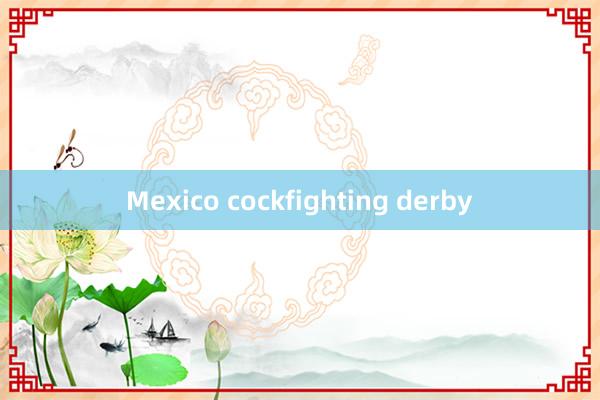Mga salitang ginagamit sa sabong 2021

Common Terms Used in Cockfighting
Cockfighting, or "sabong," is a popular sport in the Philippines, carrying a rich cultural history and deep-rooted traditions. For enthusiasts, understanding the specific terminology used in cockfighting is essential, as it helps to fully grasp the strategies and nuances of the game. Whether you’re new to sabong or have a bit of experience, familiarizing yourself with these terms will make you more engaged and knowledgeable. This article outlines some of the most commonly used terms in sabong, particularly those that were relevant as of 2021.
1. Sabong
The Filipino term for cockfighting, sabong is a competitive event where two roosters, known as mga panabong, are pitted against each other. These events often attract large crowds, with people betting on the outcome of the fight.
2. Tari
Tari refers to the sharp blade that is attached to the leg of a fighting rooster. Made from various materials, these blades are crafted to inflict serious injuries and expedite the fight. It is essential to properly secure the tari on the rooster’s leg before a match, as this weapon plays a significant role in the rooster's ability to win.
3. Panabong
The term panabong is used to describe the fighting rooster itself. These roosters are often bred for their agility, go88 tài xỉu aggressiveness, phim rule 34 and stamina,chich69 making them suitable for the rigors of cockfighting. Proper breeding and training are crucial in developing a strong panabong that can handle the intensity of a fight.
4. Pustahan
In sabong, pustahan means betting. The betting system in cockfighting is quite complex, often involving multiple bets and various odds. There are two primary types of bets: meron (the favorite) and wala (the underdog). Bets can range from small wagers among friends to large amounts placed by serious gamblers. Understanding the different kinds of bets and odds involved is key to successful betting in sabong.
5. Meron and Wala
Meron refers to the favored rooster in a match, while wala denotes the underdog. These terms are crucial when it comes to betting, as they determine the odds and potential winnings. The meron typically has better odds due to its perceived strength or fighting history, while the wala has higher payouts due to its underdog status.
6. Sentenciador
The sentenciador is the official who decides the outcome of the fight. This individual has the authority to stop the match if one rooster is unable to continue or if it becomes clear that one rooster has lost. The sentenciador is responsible for ensuring fair play and enforcing the rules of sabong.
7. Ultimo
go88 bị sậpUltimo is a term used to describe the final match of a series. In many sabong events, there are multiple matches held in one day. The ultimo is the culmination of these matches, often featuring the best fighters and attracting the most attention from the crowd. Winning the ultimo is considered a great honor and is highly anticipated by spectators.
8. Bitaw
Bitaw is the release of the roosters into the ring to start the fight. This term is significant as it marks the beginning of the action. During this moment, the audience holds its breath, and the handlers prepare for the ensuing battle. Proper timing and handling during the bitaw can set the tone for the rest of the fight.
9. Sugod
Sugod means to charge or attack, and it refers to the aggressive moves made by a rooster during the fight. A good panabong should have a strong sugod, showing its readiness to take on the opponent. Observers often gauge a rooster's chances based on the intensity and frequency of its sugod moves.
10. Salpukan
This term describes the collision or impact when the roosters engage. The salpukan is a critical moment in the fight, as it is when the roosters' skills, strength, and training are put to the test. The outcome of the fight can often be determined by the salpukan, making it a highly anticipated part of the match.
11. Kumprada
Kumprada refers to the act of choosing and betting on a particular rooster. This term is often used interchangeably with pustahan, but kumprada specifically emphasizes the act of selecting a rooster based on its potential to win. Enthusiasts may spend considerable time analyzing the roosters' strengths and weaknesses before making a kumprada.
12. Laban
Finally, laban simply means fight or match. In the context of sabong, it signifies the entire event where roosters are matched against each other. A sabong laban can vary in intensity, but it is always a thrilling experience for both participants and spectators.
Conclusion
Understanding these terms is essential for anyone interested in sabong, as they provide insight into the culture and technicalities of the sport. The language of sabong reflects its complexity and the deep connection it has to Filipino traditions. For enthusiasts, knowing these words can enhance their appreciation of the game, whether they are betting, training roosters, or simply enjoying the spectacle.
Jili77 login registerwww.nickelback-forum.com






